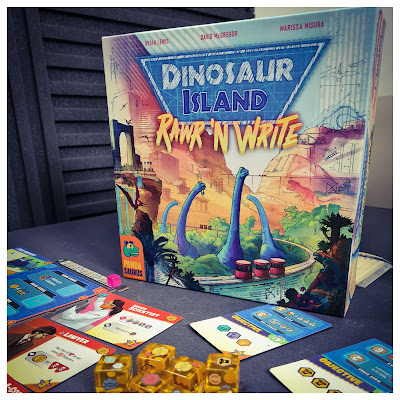The 22nd greatest board game of all time is: Trekking Through History!
In Trekking Through History, you're a frackin' time traveler! How awesome is that!?
I'll tell you how awesome ...
 |
| Image by Rascozion on Board Game Geek |
In Trekking Through History you're taking a time travel vacation, visiting important historical events to witness them first hand, saying, "Hey!" to your great, great, great, great, great, great grand cousin, and cool stuff like that.
Each trip you take has to follow a linear path, temporally speaking, so if you go fly with Amelia Earhart in 1937 and then join the moon landing in 1969, you can't go back to see the signing of the Declaration of Independence in 1776. At least not on that trip. But, don't fret! You can take as many "hops" through time as you want. It's just the more stuff you can fit into a single trip the more points you earn towards victory. (Think of it as the Time Travel Booking Agency giving you a package deal discount!)
All the various time travel destinations are beautifully depicted on tarot sized playing cards. On the card is the date, the title of the historical event, a number that tells you how much time you'll spend of your vacation to see the event, and some resources.
The resources represent the benefits you get from the experience, and players are collecting those as another way to earn victory points. The events that provide the greatest benefits also take up the most time. Everyone only has so much time travel vacation miles saved up, so you have to use them wisely.
Players balance visiting destinations with higher benefits against trying to manage their time, and trying to hit as many spots in chronological order as they can from the destinations (cards) available. This makes for a really satisfying puzzle.
Trekking Through History is a light family-friendly game with wonderful art, an incredible theme and really engaging game play. Everything comes together beautifully to make Trekking Through History the 22nd Greatest Game of all TIME!!
(Oh and the backs of the destination cards tell all about the historical event pictured on the front of the card. The stories are friendly and accessible, If you want to, you can actually learn a little something while you play. Completely optional, but I always do!)
Come join us on Facebook!
And feel free to comment below!



.jpg)

